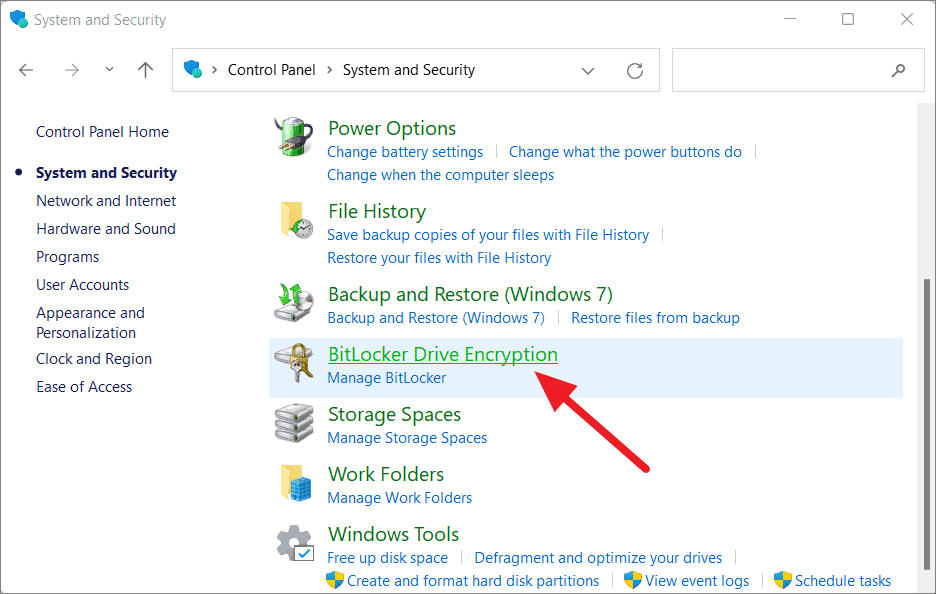


(Get-Item -path 'path\filename').Encrypt()Īnd use Decrypt() to decrypt the EFS encrypted files. Tick the option Encrypt contents to secure data, and hit OK.Ĭool tip: you can also use a PowerShell cmdlet to encrypt a specific file or folder through PowerShell console. Then, click Advanced… button to open the Advanced Attributes window.ģ. Right-click on the folder or file you want to encrypt, go to Properties, which opens the file/folder properties window.Ģ. What is required?Īs long as your partition is formatted as NTFS and run on a Windows 7 Professional or up edition, you are able to use this encryption option to secure your data. The technology enables files to be transparently encrypted to protect confidential data from attackers with physical access to the computer. EFS, which stands for Encrypting File System, is a feature introduced way back in Windows 2000 that provides filesystem-level encryption. TrueCrypt would be an excellent product to consider, but unfortunately, the development of this awesome open source seized up in May 2014.īoth Windows 7 and 8 also have another form of encryption built right in their main disk format, NTFS. People who use the other Windows 7 or 8 editions, unfortunately, will have to seek alternatives if they want to have the similar disk-wise encryption. Windows 8 is a little better that the Pro version already comes with it. Windows 7 offers a full disk encryption feature, BitLocker, out of the box but unfortunately it’s only available on Ultimate or Enterprise edition.

So it’s crucial that you need to use some form of encryption to secure your data, especially when you saved them on a mobile computer like a laptop you carry and use on a daily basis. If your data on your computer is not encrypted, anyone who managed to get their hands on your computer could also manage to get access to your data, even when they don’t have your password. Encrypting your data is the best way to do to keep your data safe.


 0 kommentar(er)
0 kommentar(er)
